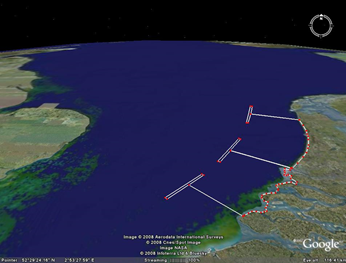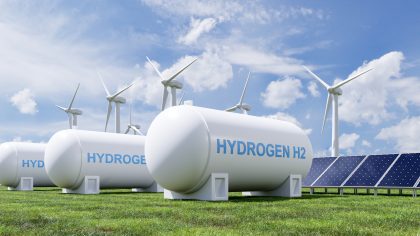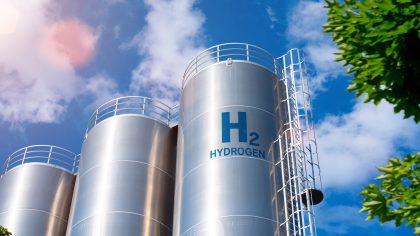As a result, along the total dam length, the head changes in size and direction over time. By creating openings (approx. 10% is considered optimum) for turbines in the dam, electricity can be generated (Hulsbergen, 2008, May, 2012). There are several variations of DTP, of which the two most important are: (1) a dam of 30 to 50 km from the coast with a perpendicular dam (T-profile) of several tens of kilometers at the end. (2) a dam of 30 to 50 km not connected to the coast with a so-called whale tail at both ends (Walraven, 2020). The yield of a DTP system increases with the length of the dam by a power of 2.5 (Hulsbergen, 2008). A 50 km dam therefore provides considerably more energy per kilometer at a lower cost than a 30 km dam. Mei (2020) applies an analytical model in which almost the same drop over a straight dam of 20, 30, 40 and 50 km is found as according to the approach of Kolkman and Hulsbergen (2005, 2008).
All information in the datasheets is also available in ESDL (Energy System Description Language). You can find them in the Energy Data Repository (EDR).



